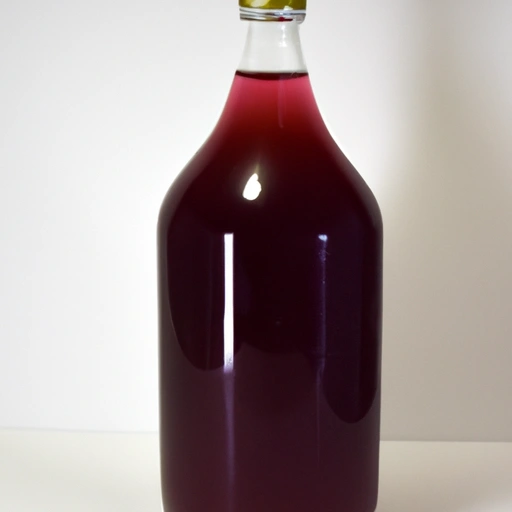Borsh
Description

Borsh, not to be confused with borscht the soup, is actually a fermented liquid commonly made from beets and often used in Eastern European cooking as a flavor enhancer. Its tangy taste, similar to vinegar, adds a unique depth to many dishes. Available in both liquid and powder form, borsh can be an indispensable ingredient for those looking to add a traditional Slavic twist to their meals.
Common uses
Typically, borsh is used in traditional soups, stews, and as a base for sauces. It is also occasionally used in the pickling process of vegetables, imparting a unique sour note that is characteristic of Eastern European pickles.
Nutritional value
Calories
As a condiment, borsh typically contains minimal calories, with an average of about 5 to 10 calories per tablespoon (14.79 milliliters).
Protein
Protein content in borsh is generally low, with less than 1 gram per serving.
Fat
Borsh is virtually fat-free, with trace amounts that are negligible per serving.
Carbohydrates
The carbohydrate content of borsh is usually around 2 grams per tablespoon (14.79 milliliters), coming mainly from the sugars in the beets.
Vitamins
Depending on the fermentation process and additional ingredients, borsh may contain small amounts of vitamins such as vitamin C and B vitamins.
Minerals
Minerals in borsh can include a range of electrolytes such as potassium and sodium, which are inherent to beets and the fermentation process.
Health benefits
The fermentation process of borsh can result in the presence of beneficial probiotics, which are known to support gut health. The inclusion of beet-derived ingredients also brings the potential antioxidant benefits associated with beets, including betalains which have been studied for their anti-inflammatory properties.
Potential risks
While borsh is generally considered safe for consumption, individuals with a sensitivity to high-sodium foods should use it in moderation. As with any fermented product, there is also a risk of foodborne illness if not prepared or stored properly.
Common recipes
Borsh is famously used in the preparation of borscht soup, but it can also be found in other recipes such as beetroot salads, marinades for meats, and even in some bread recipes.
Cooking methods
While borsh is not typically 'cooked,' it is added during the cooking process to soups and stews or used as a seasoning after the cooking is complete.
Pairing with other ingredients
Borsh pairs well with earthy flavors such as mushrooms and potatoes, as well as with rich meats like pork and beef. Its acidity can also complement creamy or fatty dishes, providing a balance of flavors.
Summary
Borsh is a versatile and flavorful ingredient that lends a distinct tanginess to a variety of Eastern European dishes. With its low calorie content and potential health benefits, it can be a healthy addition to the kitchen pantry. When used judiciously, it enhances the taste profiles of soups, stews, and pickled vegetables, making it a cherished component of traditional Slavic cooking.